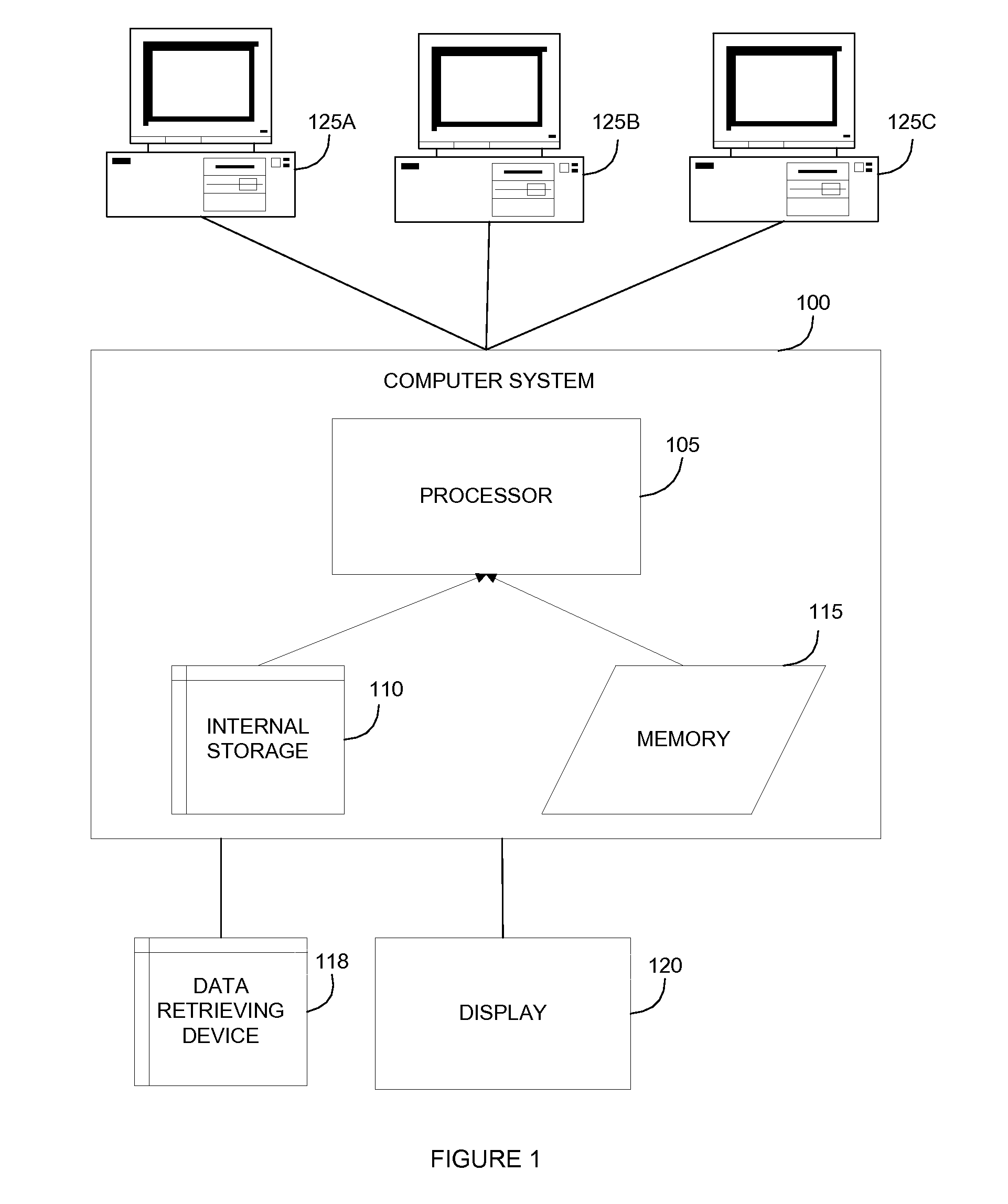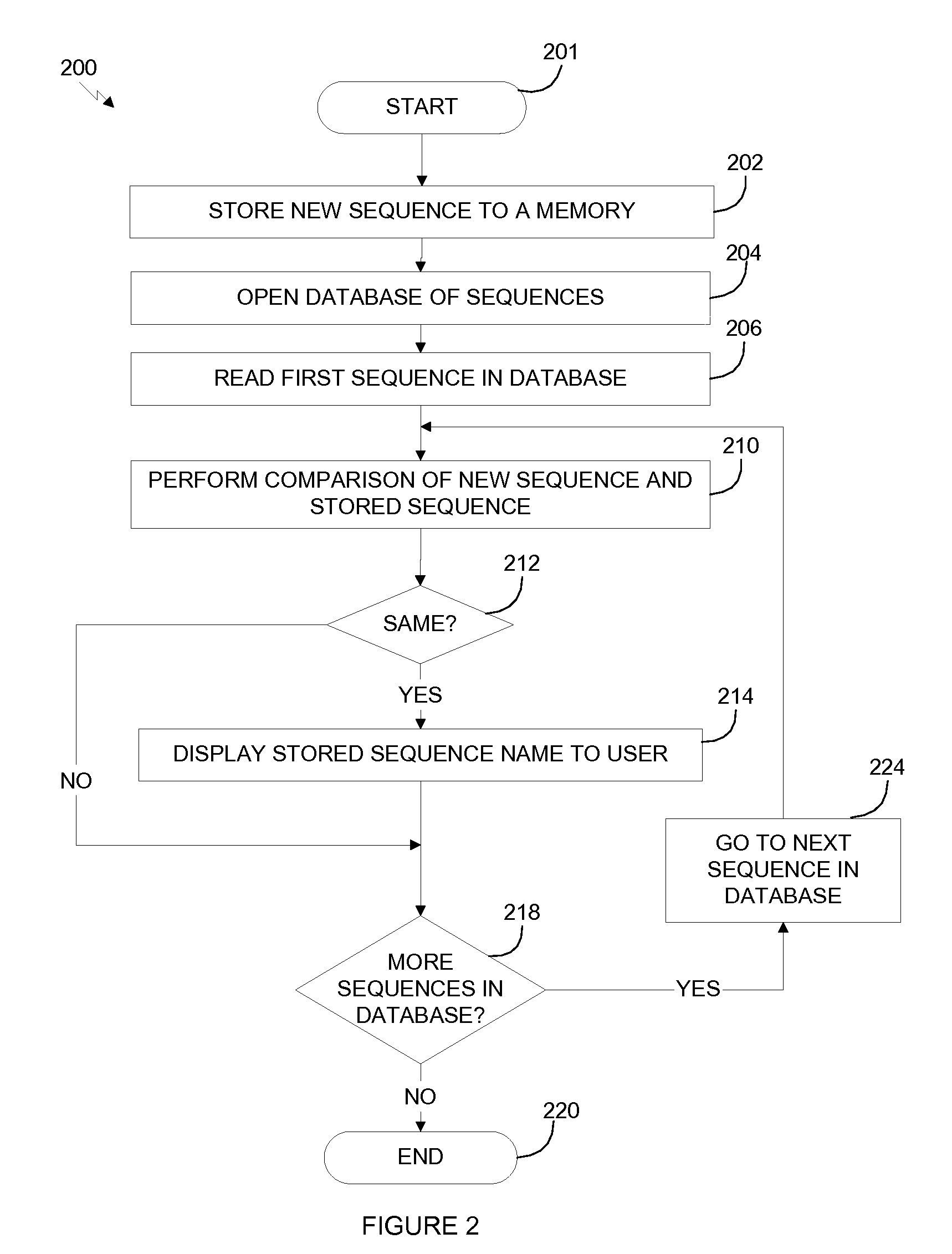Methods for using polypeptides having amylase activity and nucleic acids encoding them
a technology of amylase activity and nucleic acids, applied in the field of polypeptides and polypeptides, enzymes having alpha amylase activity, can solve the problems of affecting the anti-staling effect, and increasing the firmness of the crumb, so as to improve the anti-staling effect, and retain the crumb elasticity
- Summary
- Abstract
- Description
- Claims
- Application Information
AI Technical Summary
Benefits of technology
Problems solved by technology
Method used
Image
Examples
example 1
Identification and Characterization of Thermostable α-Amylases
[0306] The present example shows the identification of novel acid amylases. The screening program was carried out under neutral and low pH conditions. DNA libraries generated from low pH samples were targeted for discovery. This effort afforded the discovery of hundreds of clones having the ability to degrade starch. DNA sequence and bioinformatic analyses classified many of these genes as previously unidentified amylases.
Biochemical Studies
[0307] Biochemical analysis of the amylase genomic clones showed that many had pH optima of less than pH 6. Lysates of these genomic clones were tested for thermal tolerance by incubation at 70° C., 80° C., 90° C. or 100° C. for 10 minutes and measurement of residual activity at pH 4.5. Those clones retaining >50% activity after heat treatment at 80° C. were chosen for further analysis. These clones were incubated at 90° C. for 10 minutes at pH 6.0 and 4.5 and tested for residual a...
example 2
Thermostable Amylases Active at Alkaline pH
[0311] The initial focus of this example was the evaluation of an existing panel of amylases in an commercial automatic dish wash (ADW) formulation. This effort identified two candidates: one with activity at high pH (SEQ ID NO.:115) and another with stability in the ADW formulation (SEQ ID NO.:207). Studies also included the identification of high pH amylases. This effort afforded the discovery of hundreds of clones having the ability to degrade starch. DNA sequence and bioinformatics analyses classified many of these genes as previously unidentified amylases. The remaining open reading frames were neopullulanases, amylopullulanases and amylomaltases. Extensive biochemical and applications studies showed that 3 candidates: clone B, SEQ ID NO.:147 and SEQ ID NO.:139) have high specific activity at pH10, but unfortunately lack stability in the ADW formulation. In summary, a panel of novel amylases each having desirable phenotypes for the AD...
example 3
Gene Optimization
[0317] The properties of enzymes may be improved by various evolution strategies, including GeneSiteSaturationMutagenesis (GSSM™) and GeneReassembly™. (Diversa Corporation, San Diego, Calif.). Such techniques will be applied to the discovered amylase genes in order to generate pools of variants that can be screened for improved performance.
[0318] Parental molecules for evolution will be one or all of the following: SEQ ID NO.: 113, SEQ ID NO.: 139, SEQ ID NO.:115 and SEQ ID NO.: 127 (a truncated form of SEQ ID NO.: 127).
[0319] A high throughput screen has been developed to assess enzyme performance in the presence of ADW performance. Development of a HTS is of paramount importance in any evolution program The HTS is automated and has showed consistent results for the parental amylases (FIG. 7). Parental amylases have measurable activity in the ADW formulation, however highly reduced relative to pH 8 activity.
PUM
| Property | Measurement | Unit |
|---|---|---|
| temperature | aaaaa | aaaaa |
| pH | aaaaa | aaaaa |
| pH | aaaaa | aaaaa |
Abstract
Description
Claims
Application Information
 Login to View More
Login to View More - R&D
- Intellectual Property
- Life Sciences
- Materials
- Tech Scout
- Unparalleled Data Quality
- Higher Quality Content
- 60% Fewer Hallucinations
Browse by: Latest US Patents, China's latest patents, Technical Efficacy Thesaurus, Application Domain, Technology Topic, Popular Technical Reports.
© 2025 PatSnap. All rights reserved.Legal|Privacy policy|Modern Slavery Act Transparency Statement|Sitemap|About US| Contact US: help@patsnap.com



